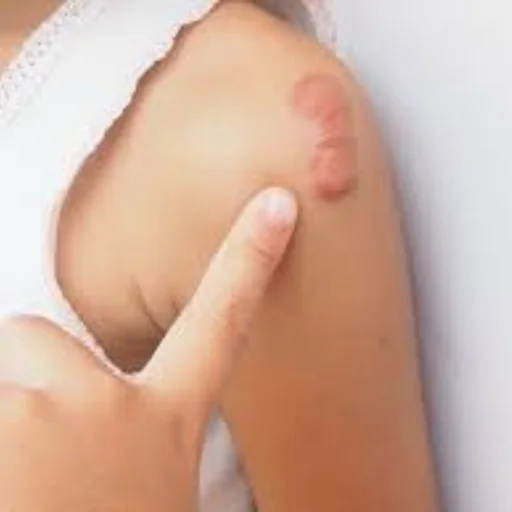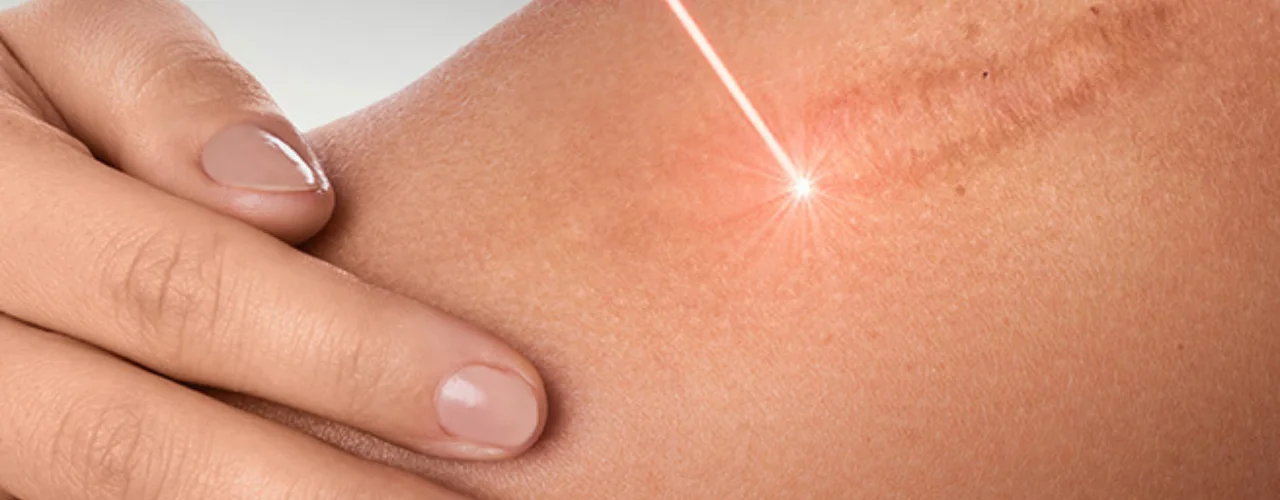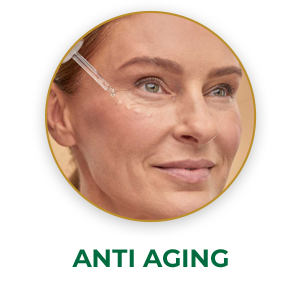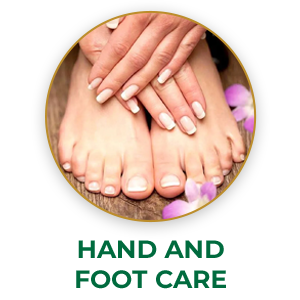A keloid is a raised scar that forms after a skin injury. Keloids can grow much larger than the original wound and can continue to grow over time. They are most common on the chest, shoulders, earlobes, and cheeks, but they can occur anywhere on the body. Take control of your keloids! Explore the latest advancements in fractional CO2 laser treatment and find the path to improved appearance.
Keloids and Optimizing Treatment with Fractional CO2 Laser
Fractional CO2 laser has emerged as a promising option for treating keloids, offering potential advantages over traditional methods like surgery and injections. Here’s an overview of their interaction:

Benefits of Fractional CO2 Laser for Keloids:
- Precise targeting: The laser targets only the keloid tissue, minimizing damage to surrounding healthy skin.
- Controlled ablation: By creating microscopic columns of ablated tissue, the laser stimulates collagen remodeling and wound healing, potentially reducing keloid growth.
- Reduced risk of hyperpigmentation: Compared to complete ablative lasers, fractional CO2 is less likely to trigger post-inflammatory hyperpigmentation, especially in darker skin tones.
- Faster recovery: Fractional CO2 treatment results in shorter healing times compared to surgical excision.
- Improved appearance: Studies suggest fractional CO2 can effectively flatten and shrink keloids, improving their cosmetic appearance.
Optimizing Fractional CO2 Laser Treatment:
Optimizing fractional CO2 laser treatment for keloids requires a multi-pronged approach, considering patient factors, treatment parameters, and post-treatment care. Here are some key strategies:
Pre-treatment Optimization:
- Patient selection: Identify high-risk patients susceptible to recurrence (younger age, family history, keloid location) and adjust treatment accordingly.
- Pre-treatment modalities: Consider using corticosteroid injections, cryotherapy, or other methods to reduce keloid size and inflammation before laser treatment, maximizing laser efficacy.
- Skin type and Fitzpatrick classification: Adapt laser settings based on individual skin tone and sensitivity to minimize hypopigmentation risk.

Treatment Parameter Optimization:
- Fluence: Adjust laser energy fluence based on keloid depth and desired ablation depth. Higher fluence targets deeper keloid layers, while lower fluence addresses superficial layers.
- Pulse duration: Use shorter pulse durations for precise ablation and minimizing heat-induced damage.
- Density: Choose the appropriate density of micro-ablative zones to balance tissue removal and collagen remodeling. Higher density targets thicker keloids, while lower density treats smaller and thinner ones.
- Treatment pattern: Consider using customized treatment patterns, like fractional resurfacing with additional focused ablation in the keloid central area, for optimal scar reduction.
Post-treatment Optimization:
- Wound care: Implement meticulous wound care with antiseptic cleansers, moisturizers, and silicone gel sheeting to promote healing and minimize scarring.
- Sun protection: Strict sun protection is crucial for several months post-treatment to prevent post-inflammatory hyperpigmentation and keloid recurrence.
- Schedule regular follow-up appointments with your dermatologist to monitor keloid response and adjust treatment if necessary.
Additional Optimizations:
- Combination therapy: Combining fractional CO2 with other modalities like steroid injections or cryotherapy during or after laser treatment can further enhance effectiveness and reduce recurrence rates.
- Growth factor therapy: Emerging research suggests potential benefits of using growth factors after laser treatment to improve wound healing and reduce scarring.
Remember:
- Individualized treatment plans are crucial for optimal outcomes.
- Consulting a certified dermatologist with experience in keloid treatment and fractional CO2 laser is essential.
- Open communication with your dermatologist throughout the treatment process is vital for successful keloid management.
By employing these optimization strategies, you can maximize the benefits of fractional CO2 laser treatment and achieve effective keloid reduction with minimal complications.
Limitations and Considerations:
While fractional CO2 laser offers a promising approach for keloid treatment, it’s crucial to be aware of its limitations and potential considerations before undergoing the procedure.

Recurrence:
One of the main limitations is the possibility of keloid recurrence. Studies suggest recurrence rates following fractional CO2 treatment can range from 10% to 50%, depending on various factors like keloid size, location, and individual patient susceptibility.
Cost:
Fractional CO2 laser treatment can be expensive, often costing several thousand dollars per session. The total cost depends on the number of sessions required, keloid size, and clinic location.
Side Effects:
Like any medical procedure, fractional CO2 laser carries potential side effects, including:
- Pain: The treatment can be uncomfortable, especially during the initial sessions.
- Scarring: While the laser aims to minimize scarring, it’s still a possibility, especially with improper treatment parameters or post-care.
- Infection: There’s a small risk of infection after the procedure, particularly if proper wound care isn’t followed.
- Hypopigmentation: Temporary lightening of the treated area can occur, especially in darker skin tones.
Other Considerations:
- Expertise: Choosing a board-certified dermatologist with extensive experience in keloid treatment and fractional CO2 laser is crucial for optimal outcomes and minimizing risks.
- Pre-existing conditions: Certain medical conditions like autoimmune diseases or uncontrolled diabetes may not be suitable for fractional CO2 laser treatment.
- Realistic expectations: While fractional CO2 laser can significantly improve keloid appearance, it’s not a cure. Understanding that the keloid might not completely disappear and managing expectations accordingly is important.
Conclusion:
Fractional CO2 laser can be a valuable tool for managing keloids, offering potential advantages over traditional methods. However, it’s essential to weigh the limitations and considerations carefully before making a decision. Consulting a qualified dermatologist experienced in keloid treatment can help you determine if fractional CO2 laser is the right approach for you and develop a personalized treatment plan to maximize success and minimize risks.
Derma and Dental Clinic:
Derma & Dental Clinic stands out with its team of experienced doctors backed by scientific evidence in their chosen fields. Their diverse range of medical-grade procedures offer tailored solutions for various skin and dental needs. You can confidently book your consultation online or by phone and embark on your journey towards healthier skin and a radiant smile.
Location: Bahria Town, Lahore
Specialties: Dermatology and Dental Care
Website: Derma.pk
For Consultation:
- Online at Dermatology.pk
- WhatsApp: +923205999650
- Phone: 03041115000




















[…] Beyond Steroids and Surgery: Fractional CO2 Laser for Keloids […]